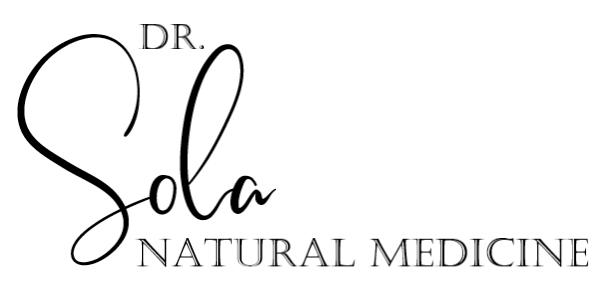
Arnica montana
Common Name: Arnica
Family: Asteraceae (Aster family)
Parts used: Fresh whole plant or flower heads
Constituents: Sesquiterpene lactones, flavonoids
Taste/smell: Light and flowery
Actions
Vulnerary
Analgesic/Anodyne
Anti-inflammatory
Anticoagulant
Counterirritant
Antibacterial
Uses
Topical Vulnerary and Anodyne:
Small wounds
Skin ulcers
Topical Analgesic/Anodyne, Anti-inflammatory, and Anticoagulant:
Bruises
Sprains
Strains
Rheumatism
Varicose veins
Myalgia
Internal Anodyne:
Angina
Trauma to tissues
Mental trauma
Contraindications
Internal use in pregnancy and lactation
Application over large areas of broken skin
Large internal doses
Adverse Effects
Gastroenteritis
Nervous disturbances
Tachycardia
Bradycardia
Hypertension
Muscular weakness
Dyspnea
Collapse
Death
Contact dermatitis (rarely)
Toxicity
Internal use may cause cardiac damage
Interactions
None
References:
Brinker, Francis J. Herbal Contraindications and Drug Interactions plus: Herbal Adjuncts with Medicines. Eclectic Medical Publications, 2010.
Kaufmann, Taylor. NPLEX II Study Guide. Wild Brilliance Press, 2019.
Lun, Vincent, et al. Core Knowledge for NPLEX 2. 1st ed., Marano Publishing Incorporated, 2014.
Marciano, Marisa, and Nikita A. Vizniak. Evidence Informed Botanical Medicine. Professional Health Systems Inc., 2015.
Sherman, John. The Complete Botanical Prescriber. Four Seasons Pub.
Skenderi, Gazmend. Herbal Vade Mecum: 800 Herbs, Spices, Essential Oils, Lipids, Etc., Constituents, Properties, Uses, and Caution. Herbacy Press, 2004.
Tilgner, Sharol. Herbal Medicine: From the Heart of the Earth. Wise Acres, 2020.





